Now more than ever, this is the time for you to take your COVID-19 vaccine and booster shots seriously. The COVID-19 pandemic is still having an effect on several nations across the world, especially Canada.
The continuous spread of SARS-CoV-2 variations and the disregard for public health guidelines and limitations have led to fresh waves of the virus. This resurgence is coming when vaccination efforts have finally begun to bring relief.
Despite what you may have heard, the COVID-19 vaccine is safe and vital to your health. It’s of utmost importance that you visit a clinic close to you and get your COVID-19 vaccine and booster shots.
This article will note what to expect at a walk-in clinic administering the COVID-19 vaccine and booster shots.
What to Expect at The Walk-in Clinic for COVID-19 Vaccines
The very first step to getting a COVID-19 vaccine is to visit a walk-in clinic in your vicinity. There are several walk-in clinics in Ontario.
Schedule a visit to get counselling on your COVID-19 vaccine and booster shots. The purpose of the visitation is to get the necessary information for your vaccine injection.
The COVID-19 virus affects us differently; hence, the COVID-19 vaccine can also have different side effects. So, during the consultation, the attending physician would ask you a series of questions. These questions aim to get a good idea of your eligibility for the COVID-19 vaccine.
Additionally, ensure that where you get the COVID-19 vaccine is close to where you stay. In the advent of any complications or booster shots, you want to be able to revisit the clinic as soon as possible.
Who is Eligible for The COVID-19 Vaccine?
Once you have gotten a location that administers the COVID-19 vaccine, you must check your eligibility status. Generally speaking, all ages from 6 to 65 are eligible for the COVID-19 vaccine.
If you’re a resident of Ontario, provide your Ontario health card at the clinic. However, don’t worry if you don’t have an Ontario health card. Due to the severe nature of the virus, the COVID-19 vaccine is accessible to all.
You need any form of identification that proves that you’re a legal resident of Canada. The identification can include a student card, a utility bill, a library card etc. You’ll need a photo ID to visit the clinic for the COVID-19 vaccine and boosters if you’re over 18.
What Makes You Ineligible for The COVID-19 Vaccine?
Unfortunately, not everyone is eligible to take the COVID-19 vaccine. The reason for such exemptions boils down to certain factors. Here are some factors that can make you ineligible for the COVID-19 vaccine.
- Children under the age of 6
- Adults over the age of 65
- Heavily pregnant mothers
- Some immunocompromised individuals
Regardless of the above list, pregnant mothers and immunocompromised people can still get the COVID-19 vaccine under specific guidelines.
If you fall under these two categories, consult the physician to know the best way to take the COVID-19 vaccine. The consultation will help you control COVID-19 vaccine effects that may be detrimental to your health.
Related Article: Do Walk-In Clinics Give Vaccines?
The Types of COVID-19 Vaccines
There are different levels to receiving the COVID-19 vaccine and booster shots. There’s the primary phase and then the booster shots which come after. Additionally, some major pharmaceutical companies have their vaccines like Johnson & Johnson, Moderna, and Pfizer.
Primary Series of Shots
You’ll be given the primary series of shots when you enter a walk-in clinic for the COVID-19 vaccine. The primary series consists of some COVID-19 vaccines that you must take to build a robust immune system.
Typically, the primary series requires the intake of two doses of the vaccine. However, if you’re immunocompromised, you’ll need to take three doses during the primary series. Immunocompromised people possess a prior illness that has severely weakened their immune system.
Immunocompromised individuals are more susceptible to the COVID-19 potent vaccine side effects than others. Hence, they require a minimum of 3 doses to ease their body into the COVID-19 vaccine.
The duration between each dose of the primary series is eight weeks. So, you should wait eight weeks after taking the first dose of the primary series before going for the second dose.
Booster Shots
Booster shots are shots of the COVID-19 vaccine taken after the completion of the primary series. We advise you to visit the same clinic for the COVID-19 vaccine and booster shots. Taking the same brand’s exact COVID-19 vaccine and booster is also essential.
For example, if you took a Moderna vaccine in your primary series, you should also take a Moderna vaccine as a booster shot. The booster shot protects you against new variants of the COVID-19 virus. Also, the protective capabilities of the primary series fade over time and need to be renewed.
Typically, the eligibility period for taking the booster shot is a minimum interval of three months after the last dose of the primary series. The National Advisory Committee on Immunization suggests more extended periods between vaccine shots result in a stronger immune system overall.
Bivalent Vaccines
You may need a bivalent vaccine depending on when and where you get the COVID-19 vaccine. A bivalent vaccine tackles two strains of the same virus. In this case, the bivalent vaccine protects your immune system against the original COVID-19 vaccine and the Omicron variant.
The Omicron variant has become widespread and taken over the original COVID-19 virus in Canada. Therefore, we advise you to go for this bivalent vaccine after taking your booster shot. After all, the bivalent vaccine acts as a second booster shot.
You can go for the bivalent vaccine six months after you’ve taken the booster shot. The bivalent shots will renew the protection from the vaccine that would have decreased over time.
Side Effects and After Care
The standard question on your mind concerning the vaccine may be, “Is the COVID-19 vaccine safe?” However, we can assure you the vaccine is safe if you follow the necessary protocols.
The COVID-19 vaccine is a potent substance and can have several side effects.
Some of the side effects of taking the COVID-19 vaccine are:
- Headache
- Fever
- Pain at point of injection
- Fatigue
Here are some aftercare tips you can follow to manage the side effects of the COVID-19 vaccine.
- Rubbing a clean, wet cloth over the injection spot to reduce swelling
- Keeping your arms active by moving them often
- Ensuring to get adequate rest
- Drinking plenty of water to replenish your fluids
- Wearing comfortable clothes
You can also approach your physician to prescribe you some painkillers to deal with the discomfort. However, we advise you not to take painkillers before going into a walk-in clinic for the COVID-19 vaccine. The reason for this is to prevent the medicine from interfering with the effect of the vaccine.
Related Article: Do Walk-In Clinics Give Vaccines?
Final Thoughts
The COVID-19 virus is a real threat that shouldn’t be handled with levity. Endeavour to get your COVID-19 vaccine and booster shots to boost your immune system against the virus.
Kindly follow the protocols listed above, and you’ll be guaranteeing yourself and your family adequate protection.
Lockwood Clinic provides a walk-in clinic for your COVID-19 vaccine and booster shots today. Simply walk in and we’ll attend to you!
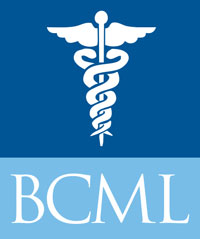

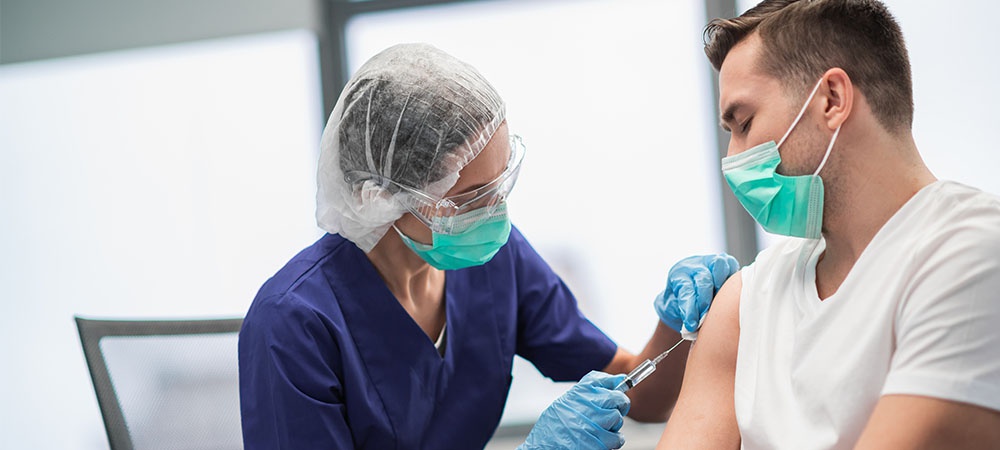
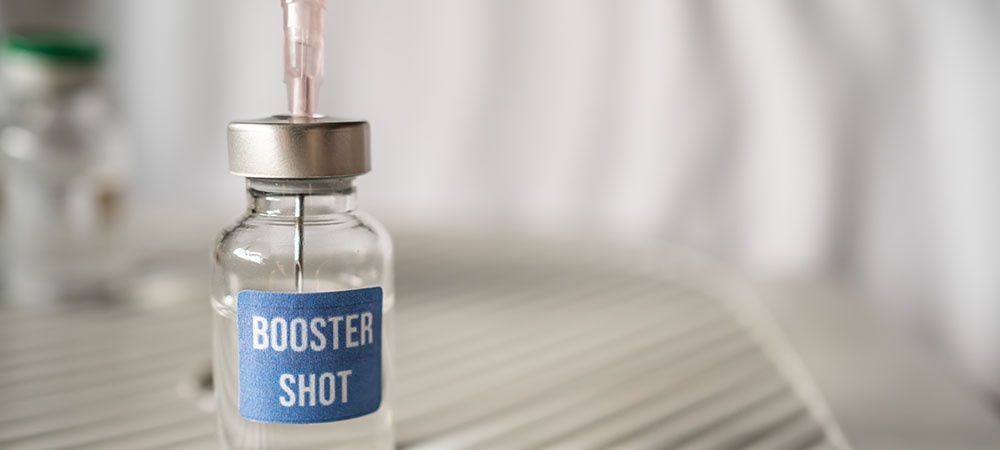



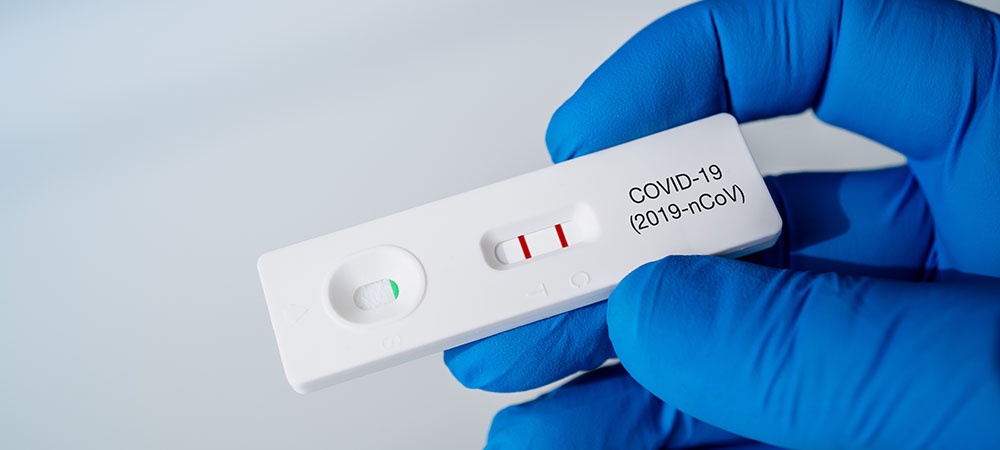
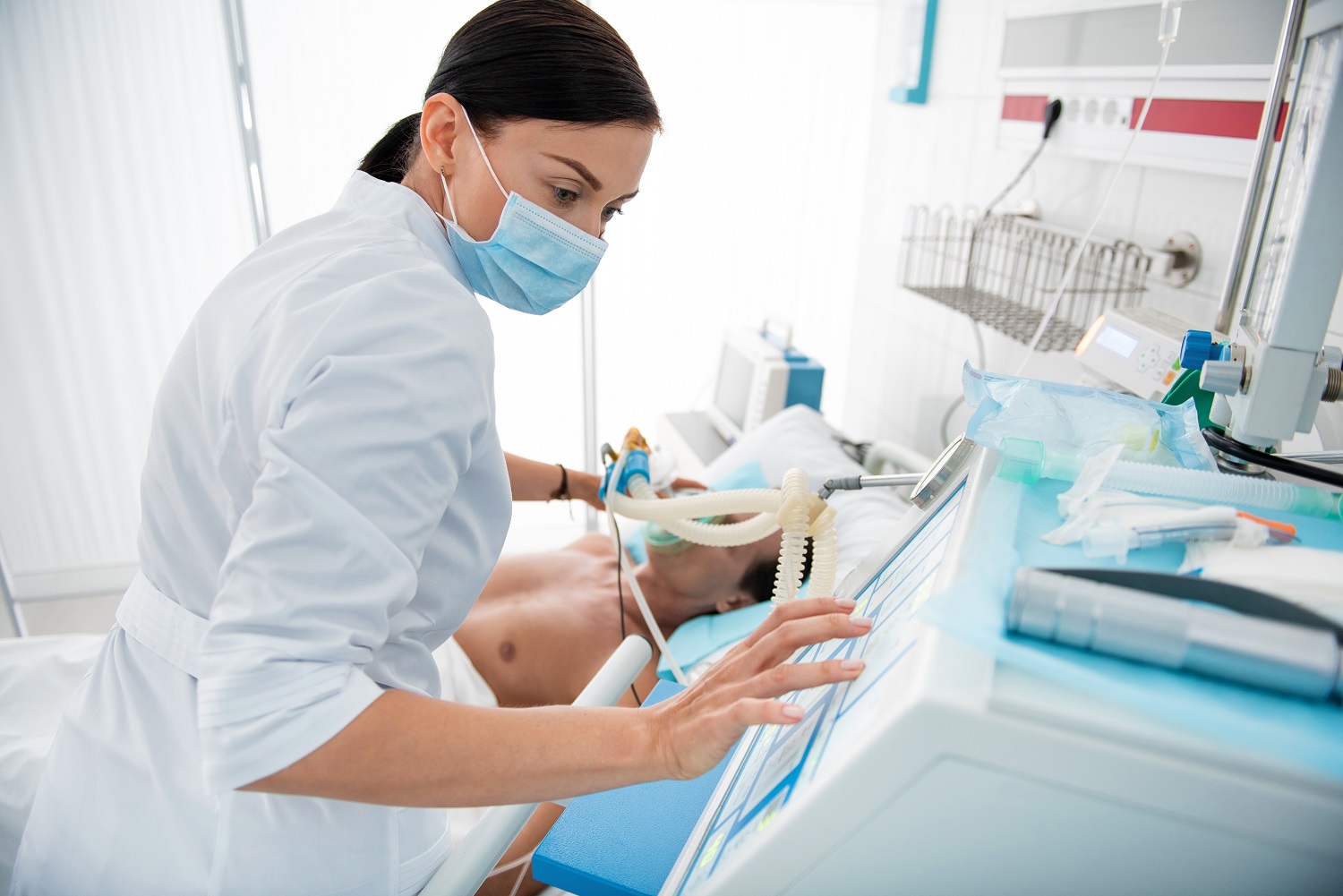
 Mild to Moderate
Mild to Moderate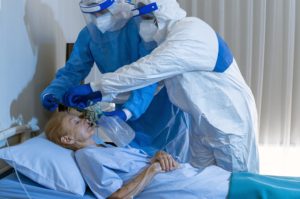 Currently, it is believed that symptoms will appear between
Currently, it is believed that symptoms will appear between  Pneumonia is an inflammation in the lungs that can cause a build-up of fluid that will make it hard to breathe, cause chest pain, cough, and fever. It can be caused by bacteria, fungi or viruses. Since the COVID-19 pneumonia is caused by a virus and not a bacteria, antibiotics are not effective.
Pneumonia is an inflammation in the lungs that can cause a build-up of fluid that will make it hard to breathe, cause chest pain, cough, and fever. It can be caused by bacteria, fungi or viruses. Since the COVID-19 pneumonia is caused by a virus and not a bacteria, antibiotics are not effective. 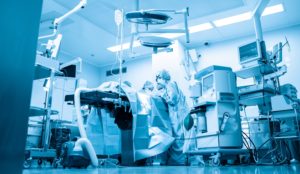 Sedatives are typically used to make this process more comfortable and to help the patient rest. With support from the ventilator, patients have a better chance of recovering. Their lungs are literally given breathing room so that they can begin to heal.
Sedatives are typically used to make this process more comfortable and to help the patient rest. With support from the ventilator, patients have a better chance of recovering. Their lungs are literally given breathing room so that they can begin to heal. 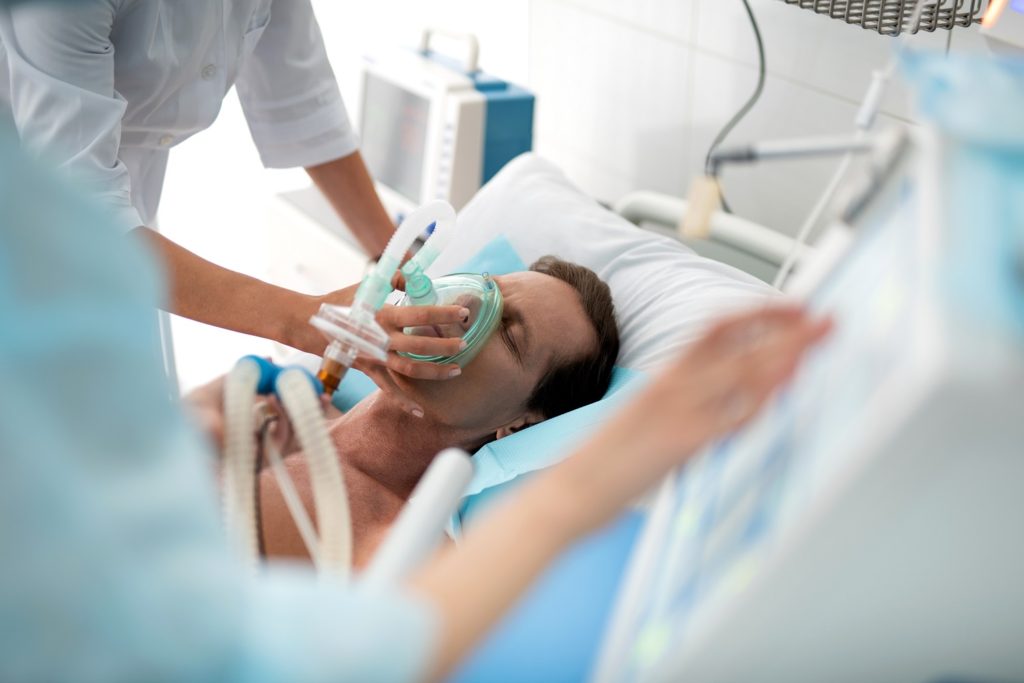
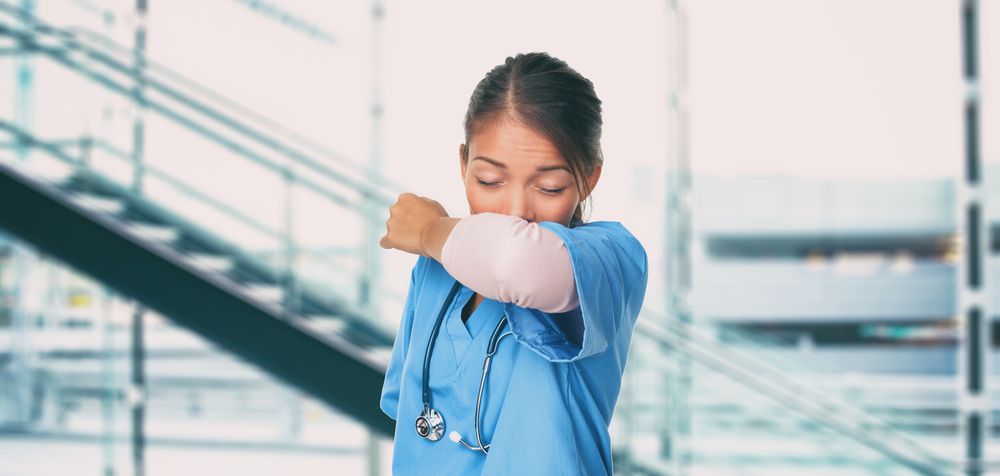
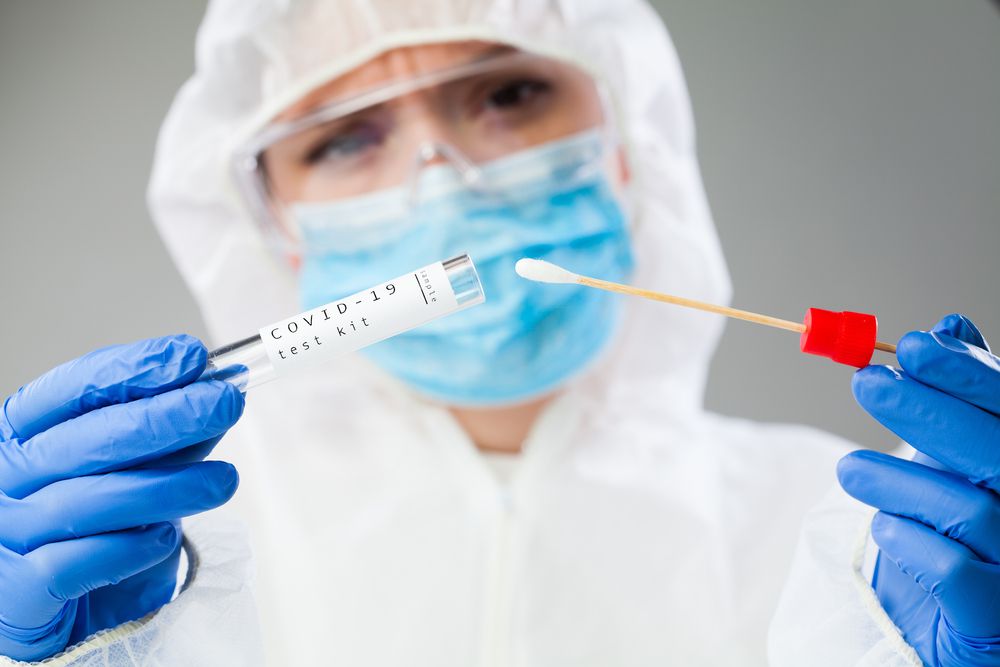
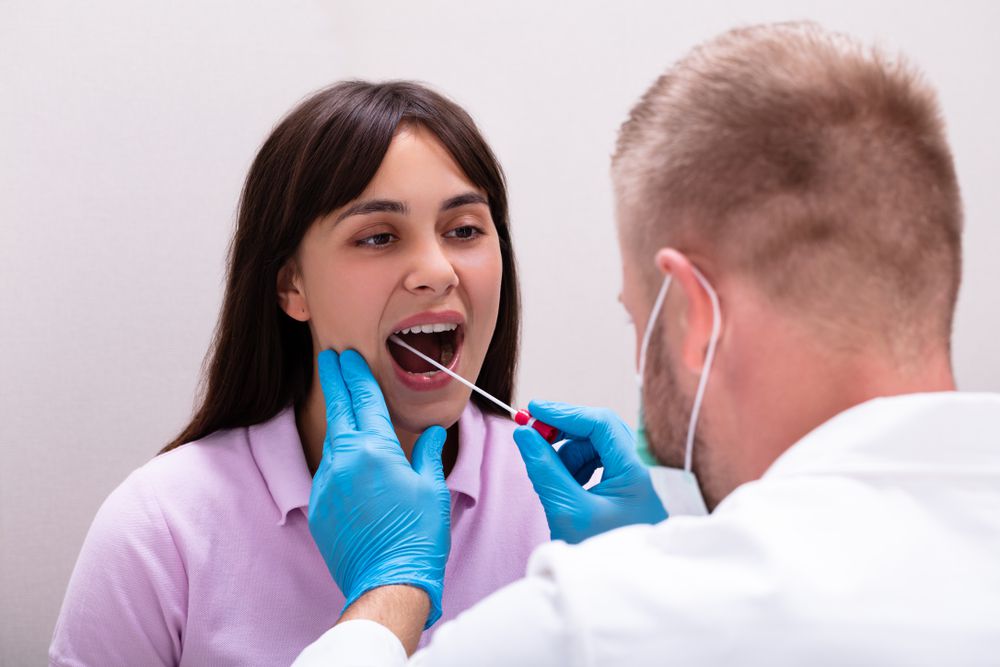
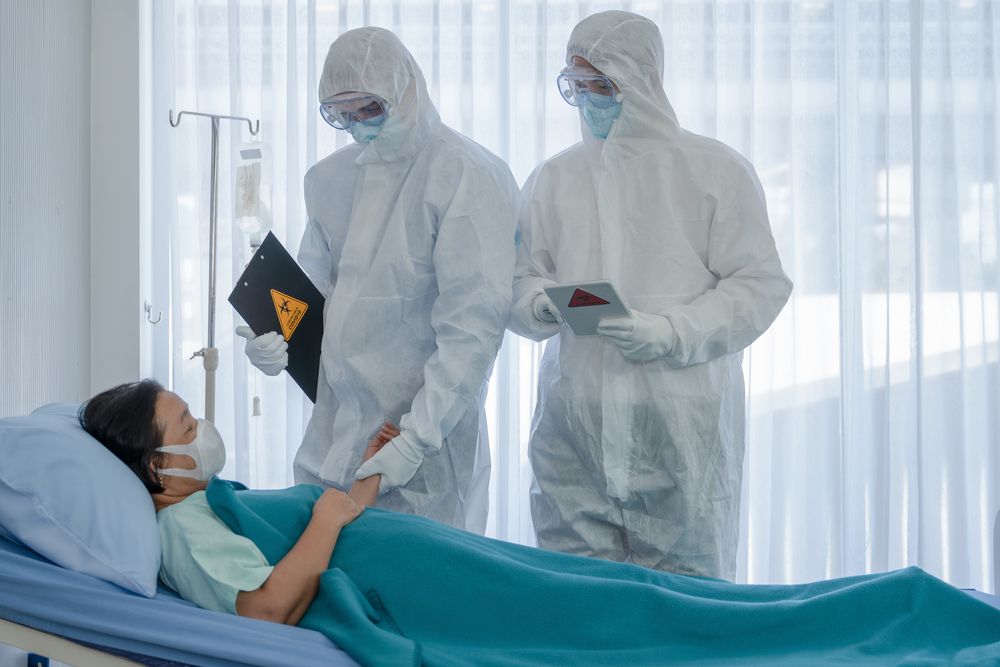
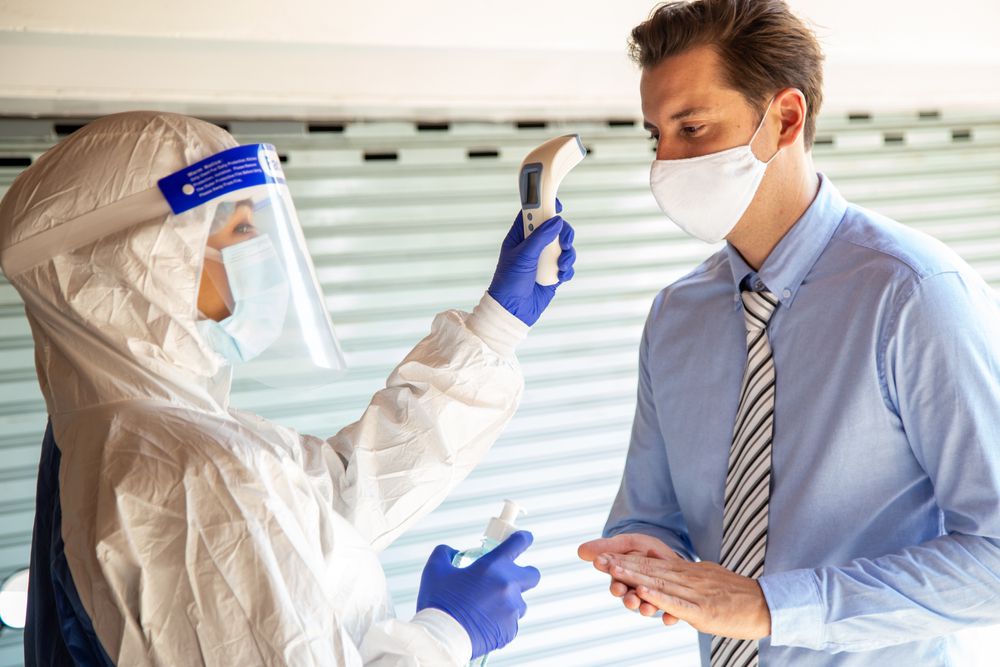
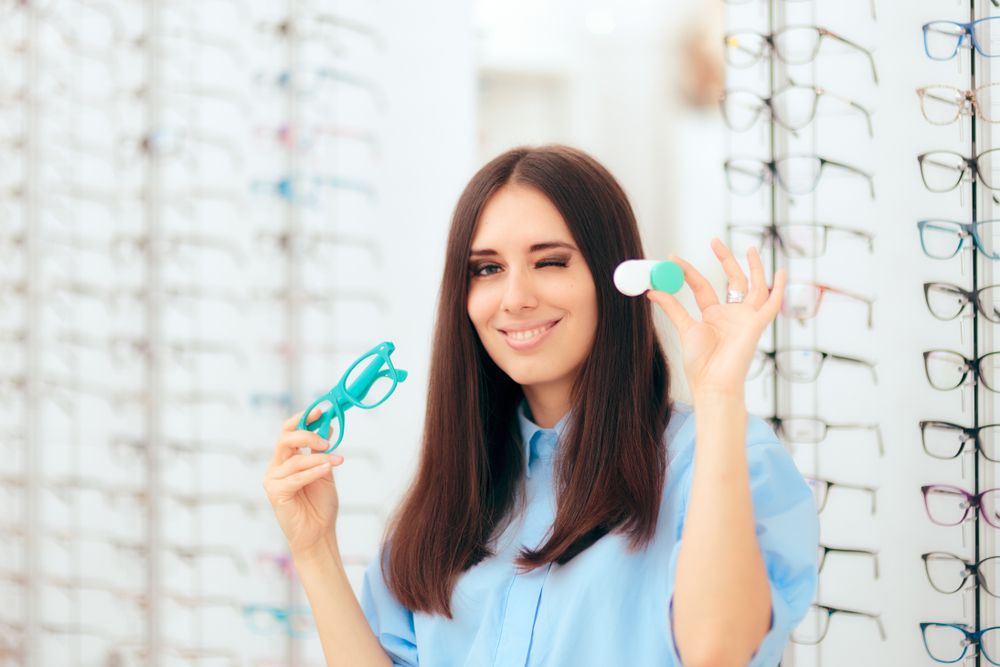
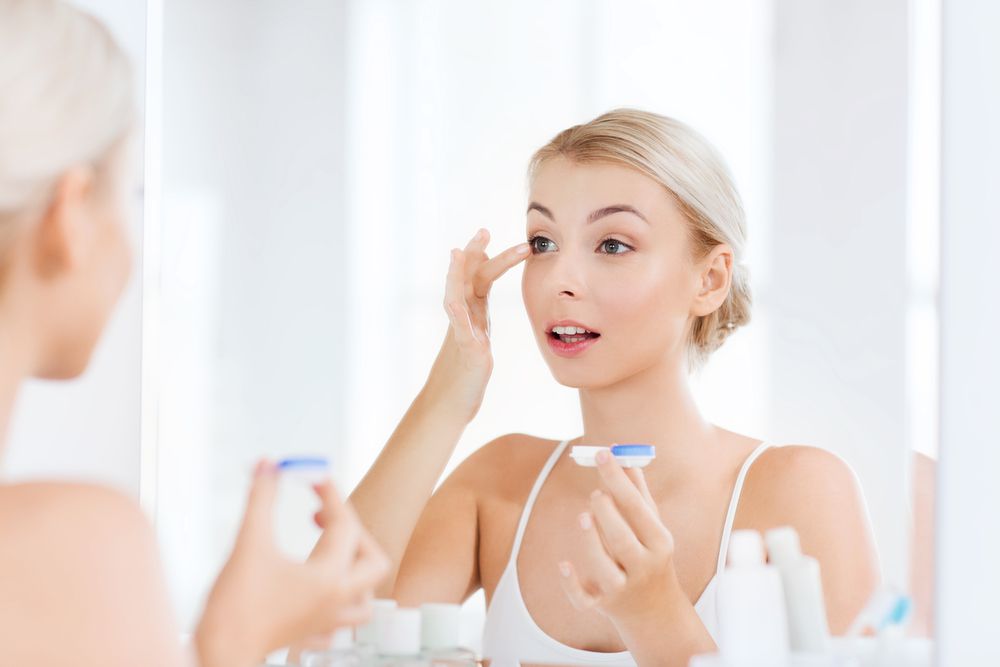
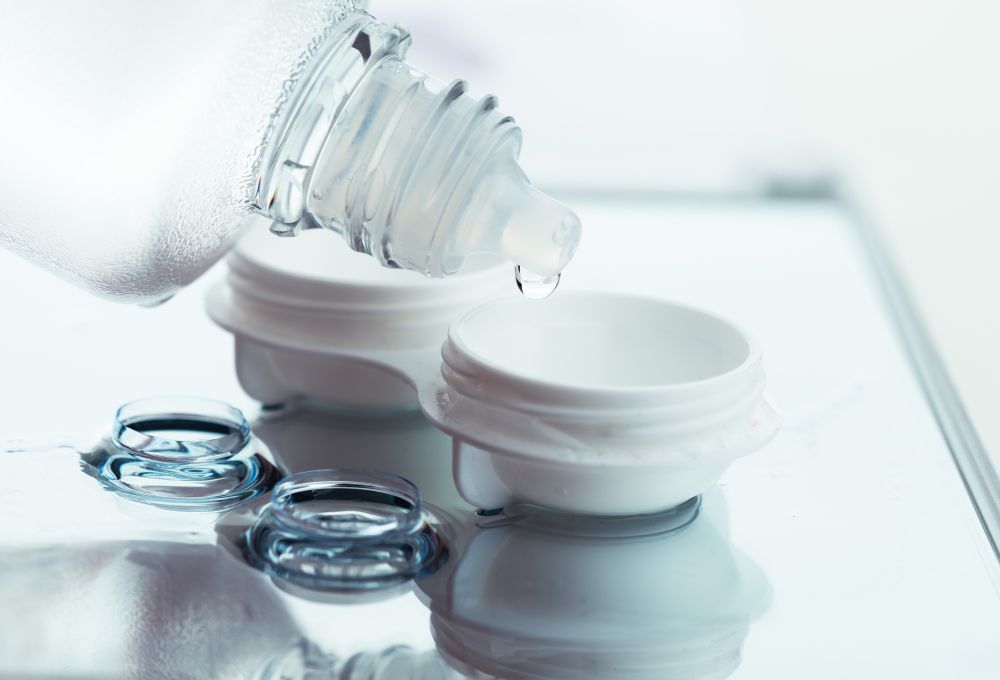
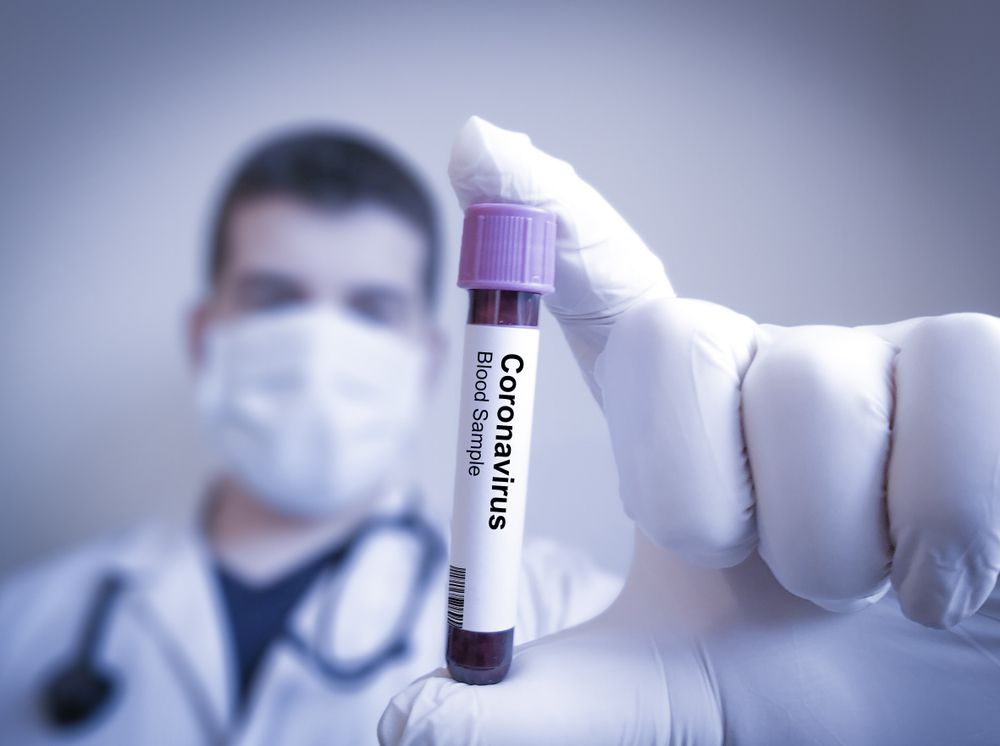
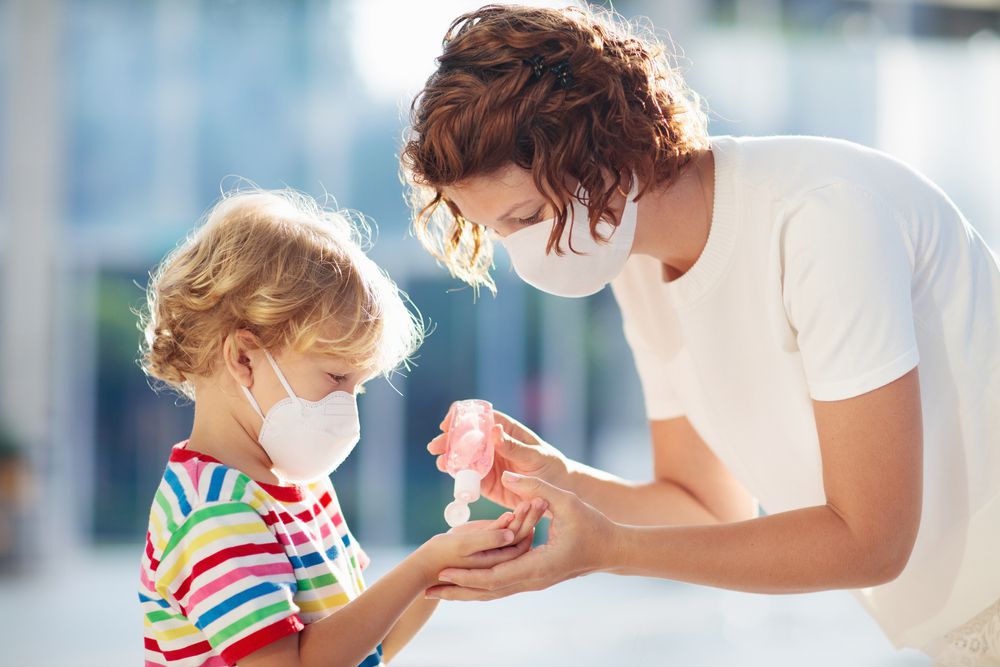
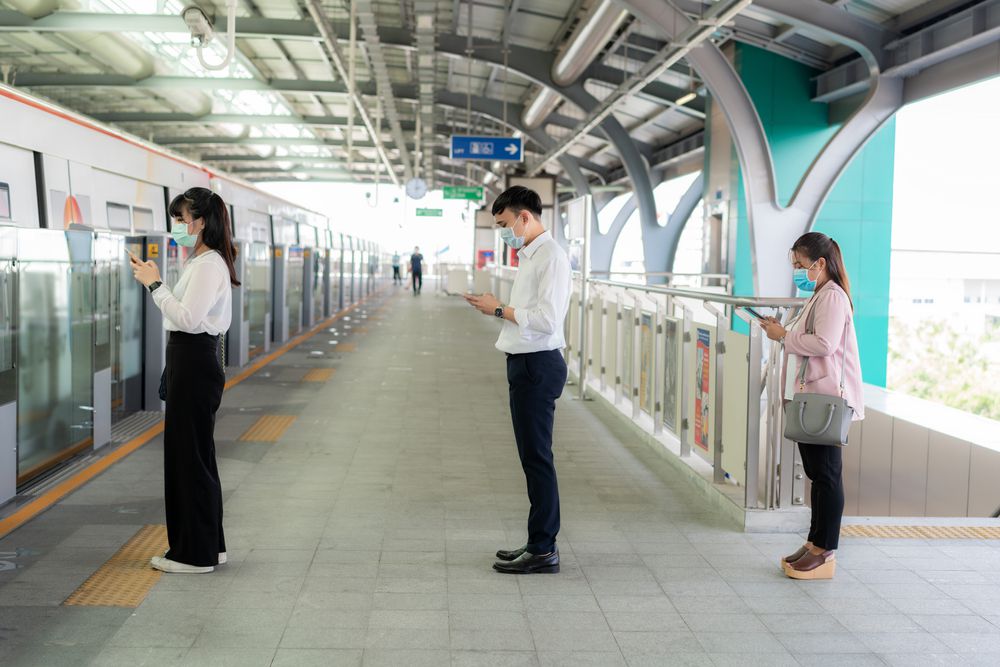
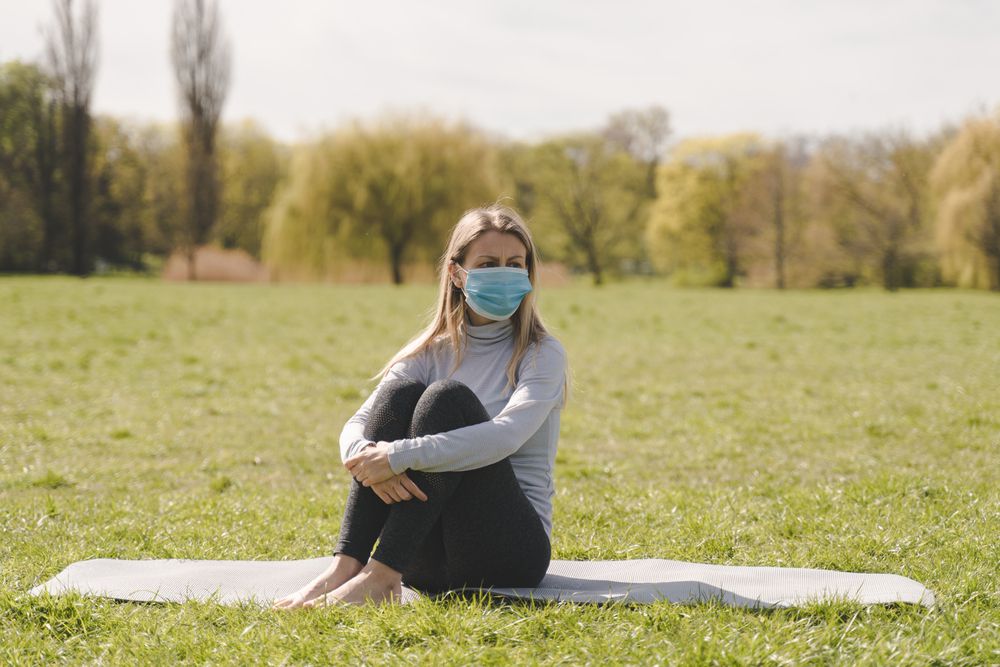
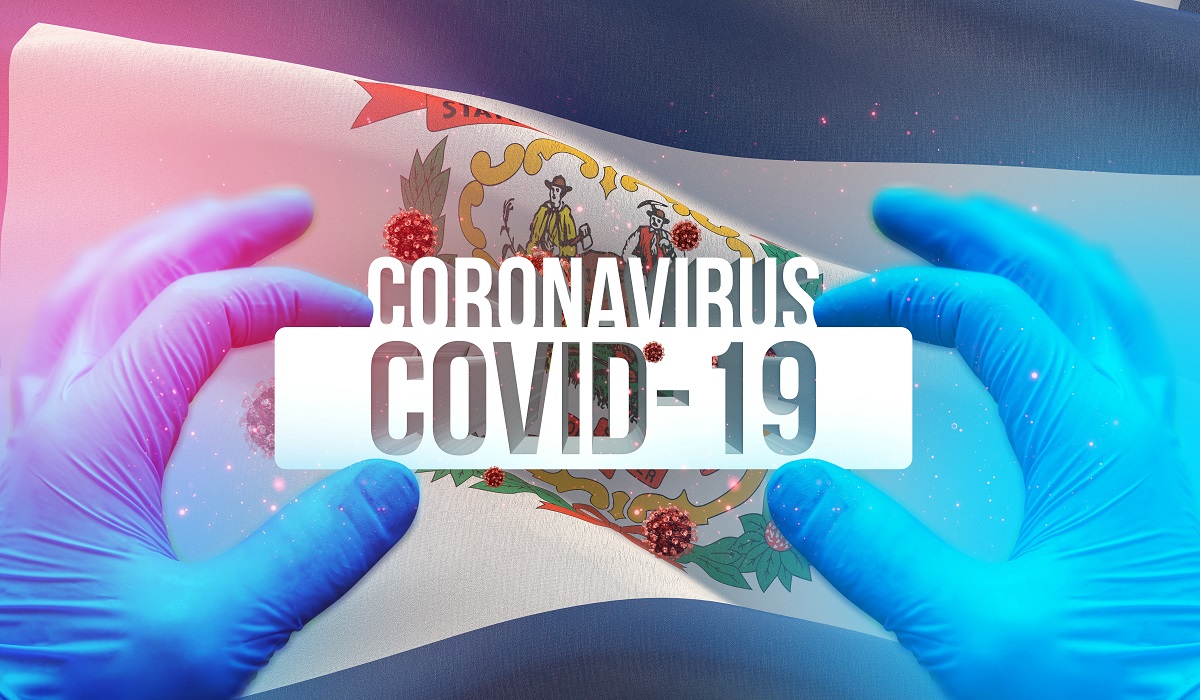
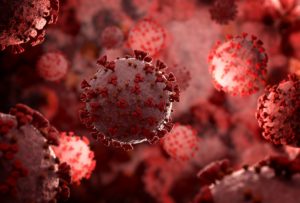 Is every sniffle or cough causing you to panic thinking you might have Covid-19? If so, you are not alone. Thousands of Canadians have been searching Google for information on coronavirus symptoms since the first case was reported earlier this year. While the virus is a real threat and should be taken seriously, taking precautions and being informed can help keep you calm and safe. Here, we’ll discuss coronavirus symptoms, when to see a doctor, and top tips for staying healthy.
Is every sniffle or cough causing you to panic thinking you might have Covid-19? If so, you are not alone. Thousands of Canadians have been searching Google for information on coronavirus symptoms since the first case was reported earlier this year. While the virus is a real threat and should be taken seriously, taking precautions and being informed can help keep you calm and safe. Here, we’ll discuss coronavirus symptoms, when to see a doctor, and top tips for staying healthy. 
 Navigating the world during the age of Covid-19 can be overwhelming. One of the ways many of us are coping and staying safe is by stocking up on our favourite foods and staying home as much as possible.
Navigating the world during the age of Covid-19 can be overwhelming. One of the ways many of us are coping and staying safe is by stocking up on our favourite foods and staying home as much as possible. 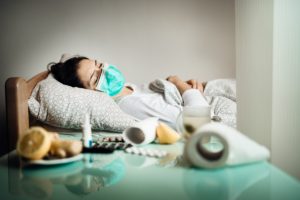 Currently, the only way to confirm that you have Covid-19 versus the flu or any other illness is by a swab test. However, for mild cases, it is more important to do what you can to treat your symptoms at home.
Currently, the only way to confirm that you have Covid-19 versus the flu or any other illness is by a swab test. However, for mild cases, it is more important to do what you can to treat your symptoms at home.  With social distancing being our best tool in fighting the spread of Covid-19, over-the-phone doctor consultations can get you the help you need without leaving the house.
With social distancing being our best tool in fighting the spread of Covid-19, over-the-phone doctor consultations can get you the help you need without leaving the house.